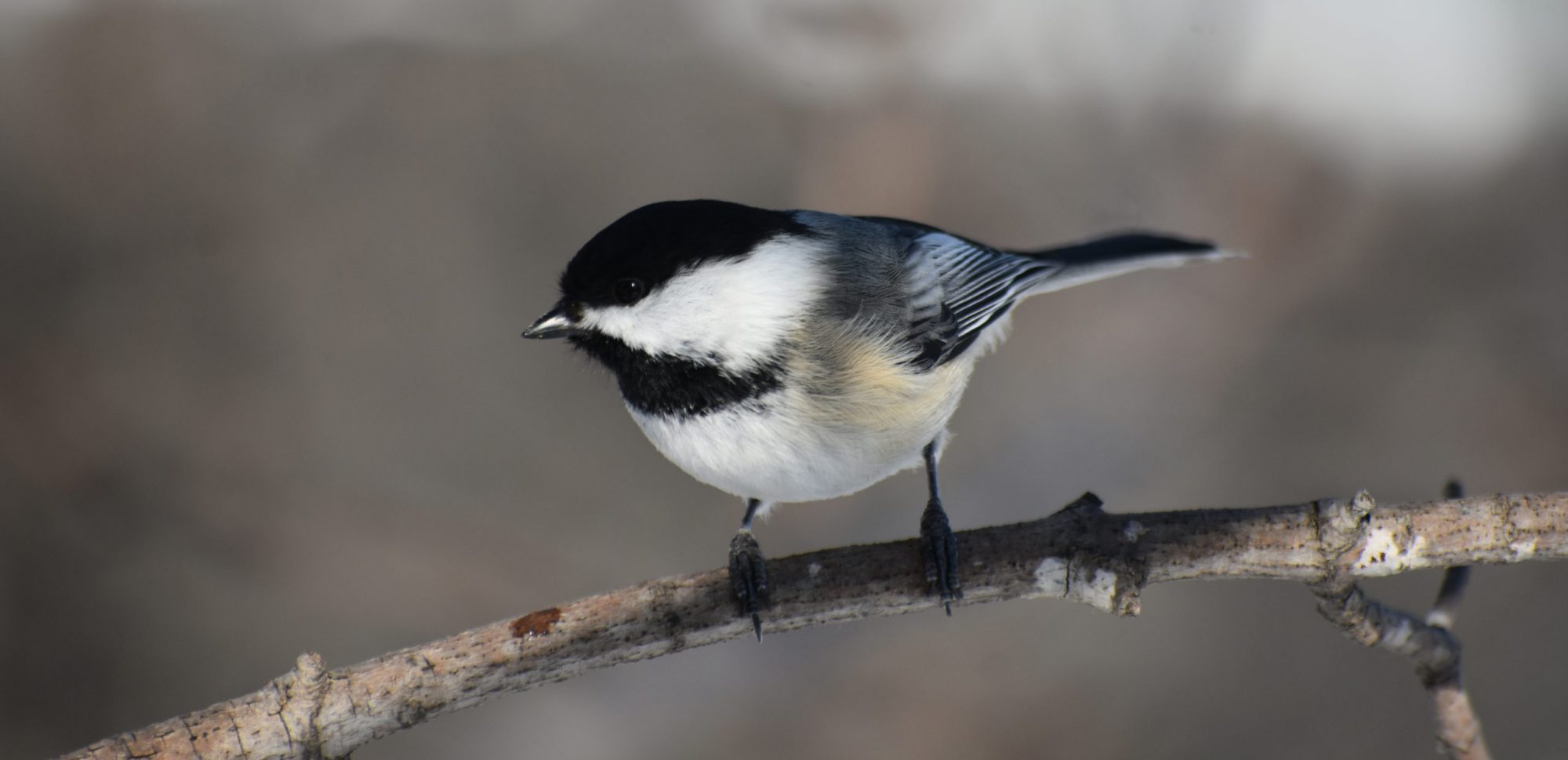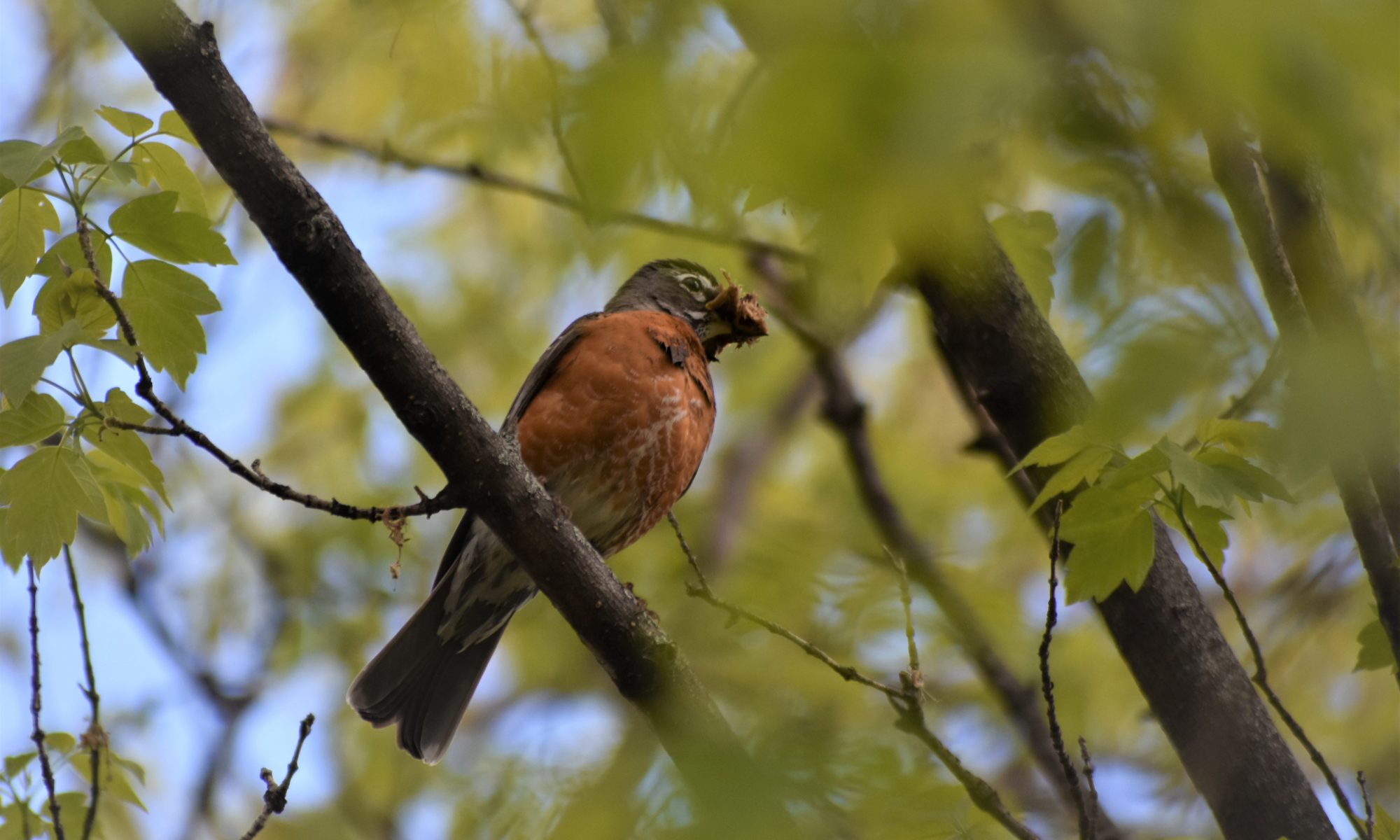March has finally come, and I, for one, am ready for spring! It’s not coming for several weeks still, but with days getting longer and weather warmer, it’s time to get out the birdhouses and prepare your yard for the flocks of nesting birds that will soon be arriving!
Step One: Birdhouses
If you want birds to nest in your birdhouses/nest boxes, you need to get them up ahead of time. Clean them out, adjust them to best suit the species you’re targeting, and mount them in an ideal place. For more info about different species’ needs, visit NestWatch’s Right Bird, Right House page at https://nestwatch.org/learn/all-about-birdhouses/right-bird-right-house/. (Hint – don’t hang birdhouses, as in my experience the only birds that will nest in a hanging house are House Wrens, who are very interesting, charismatic birds but tend to be aggressive to nearby nesters).
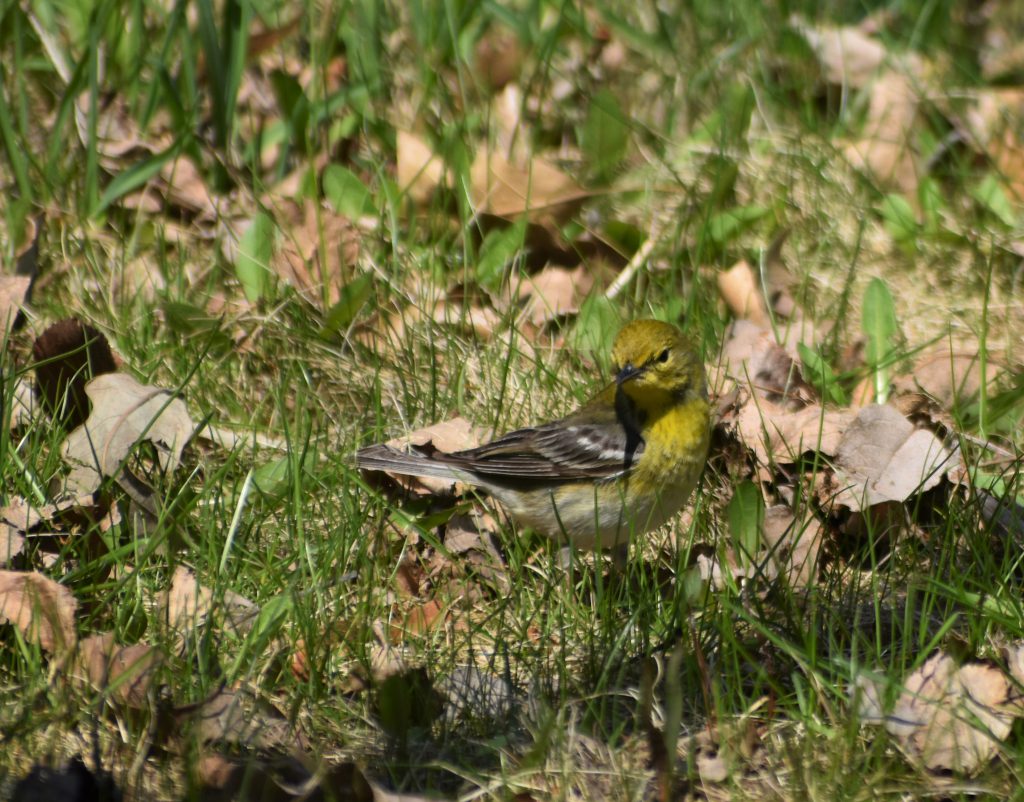
Step Two: Nest Material
I’ve never actually tried this one, but it sounds like a great idea to help out nesters! Just fill a mesh bag or make a pile with twigs, moss, human hair, pet fur, dead leaves, bits of string, grass clippings, spiderwebs, or feathers. Hang the bag from a branch, or if you prefer to leave it in a pile, put it in a visible and accessible location. If even that sounds like too much work, you can always just make a small mud puddle somewhere in your yard – the robins will flock to it, and before you know it there’ll be muddy robin nests popping up all over your yard! Easy for the birds, and even easier on you!
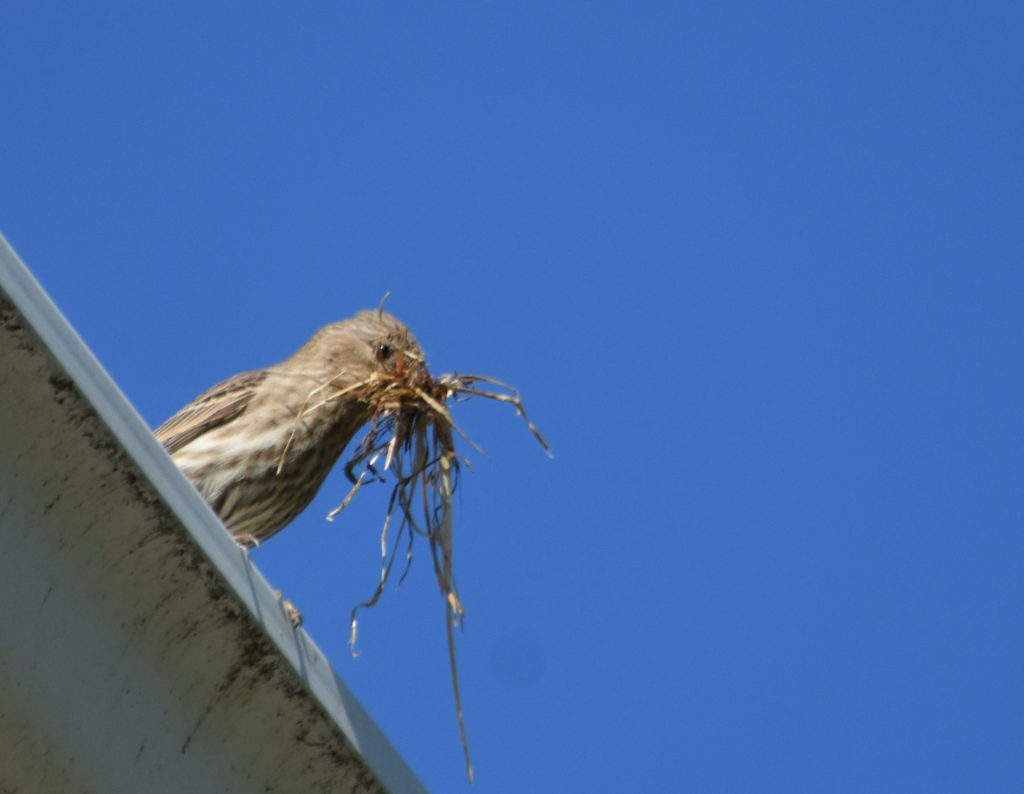
Step Three: Predators
This one is incredibly important – If you invite birds to nest in your yard, then failing to do everything you can to remove predators is like luring the baby birds into a death trap. True, you can’t just get rid of snakes, raccoons, and other wild predators, but you can install baffles to any birdhouses that are on posts, and keep cats indoors. Also, unless you’re a certified NestWatcher and following their Code of Conduct, avoid visiting the nest. You might enjoy watching the baby birds grow up, but any predators who follow your scent trail right to the nest will enjoy eating them for lunch even more.
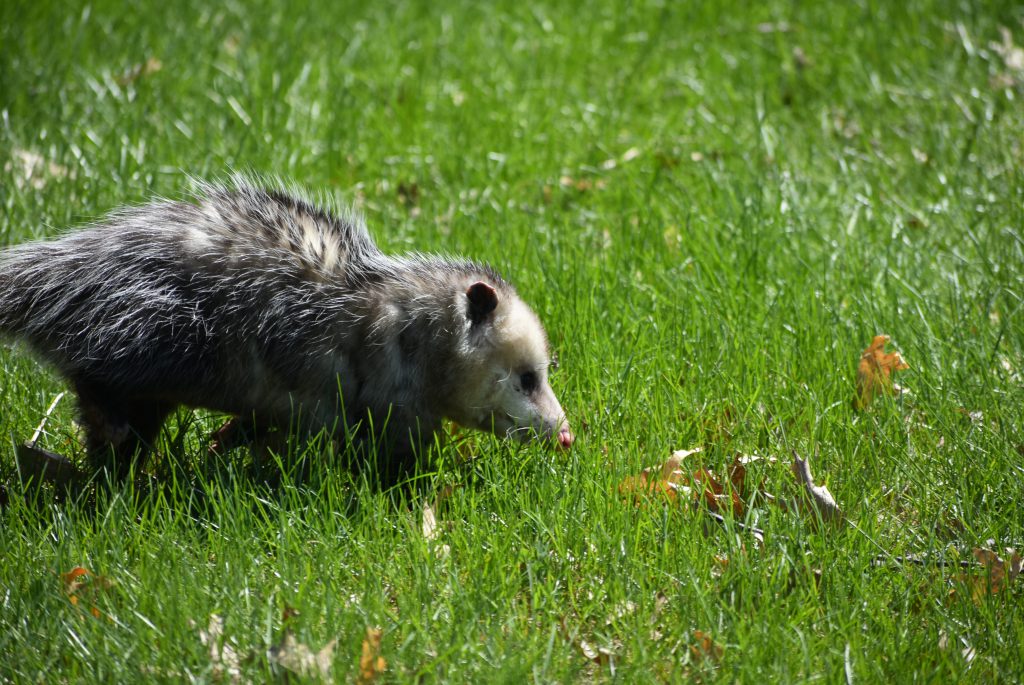
Bonus: Nest Cam
The best way to keep an eye on a nest without leading predators to it is putting a cheap camera inside the birdhouse (make sure to do this before anyone nests there!) Then, you can watch the goings on inside from your own home. Learn all about it at https://nestwatch.org/learn/all-about-birdhouses/installing-a-nest-box-camera/.
Now, armed with these tips, you can easily become the most popular bird landlord in the neighborhood this spring!
